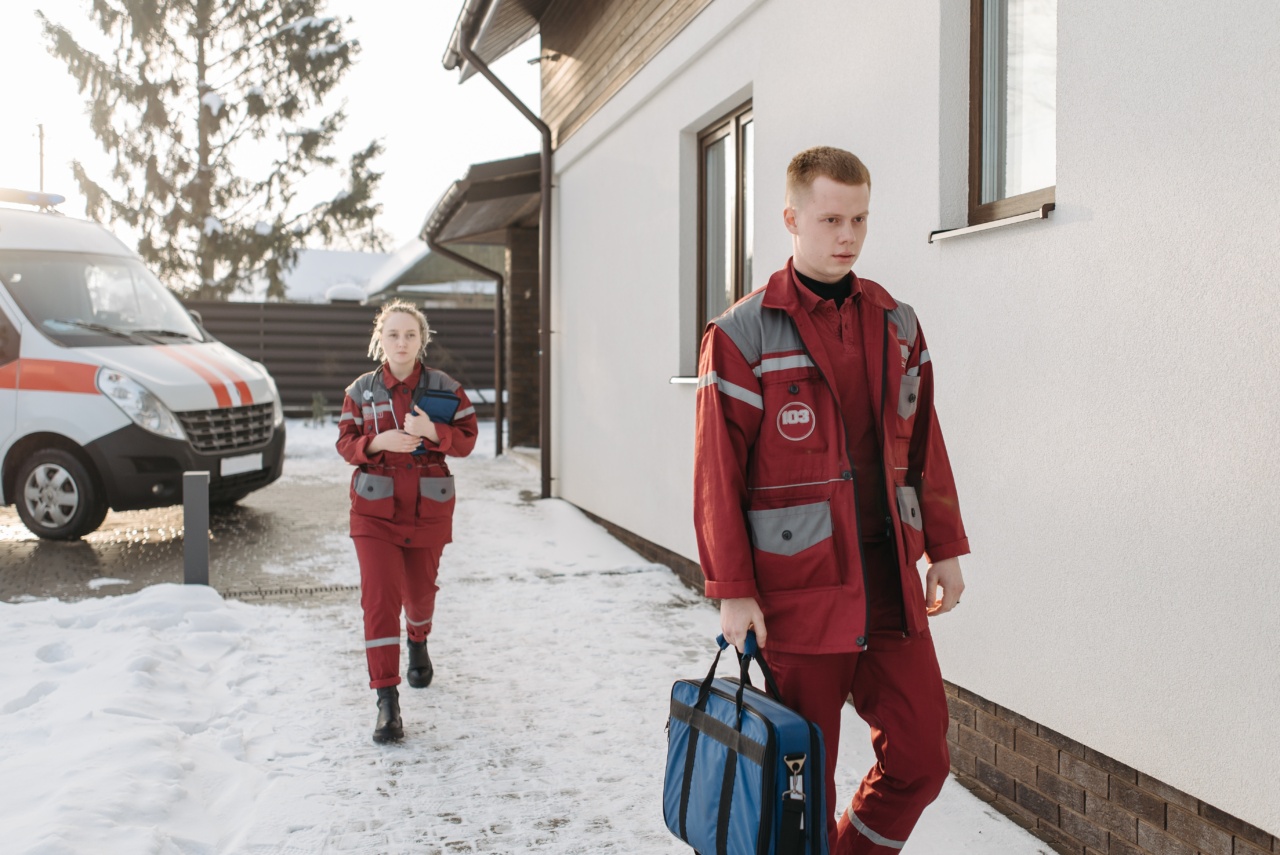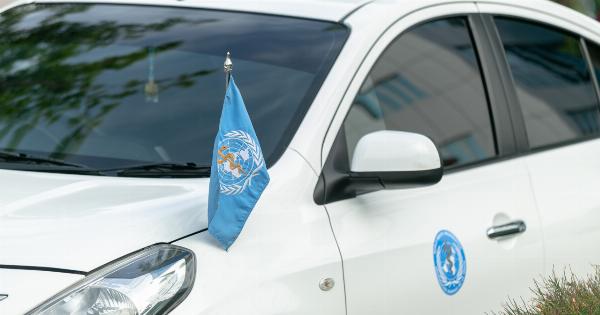When it comes to the burden of care within heterosexual couples, women often find themselves shouldering a significant amount of responsibility. This is particularly evident in the context of ambulance calls and emergency medical situations.
While it is important to acknowledge that caring for a partner is a shared responsibility, studies show that women tend to take on a greater role in seeking medical assistance and managing emergency situations.
The Gendered Division of Care
Traditionally, women have been socialized to be caregivers, both within their families and in romantic relationships.
This societal expectation often translates into women taking charge of healthcare-related matters, including making appointments, following up on medical issues, and ensuring that their partner receives appropriate care. This is especially pronounced in emergency situations, where quick actions and decision-making can be life-saving.
Women as First Responders
One of the reasons why women are more likely to initiate ambulance calls is because they are often the first to notice emergent health issues in their partners.
Women’s heightened awareness of changes in their partner’s behavior, physical conditions, or symptoms may result from their attentive and nurturing traits. As a result, they are more likely to recognize the need for urgent medical attention and take prompt action, including calling an ambulance.
Emotional and Mental Load
In addition to the physical tasks involved in caring for a partner during an emergency, women also bear a significant emotional and mental load.
This burden extends beyond the immediate crisis and can include ongoing worry, anxiety, and stress over their partner’s health and well-being. These emotional components of caregiving often add another layer to the already demanding responsibilities women undertake in managing emergency situations.
Reinforcing Gender Norms
The gendered division of care not only places a heavier burden on women but also perpetuates traditional gender norms and roles.
When women repeatedly take charge of emergencies and healthcare-related matters, it reinforces the expectation that caring is primarily their responsibility. This can create a cycle where women feel obligated to continue taking on these roles, while men feel less inclined to actively participate in caregiving tasks.
The Importance of Partnership
To address the burden of care within heterosexual couples, it is crucial to foster a sense of partnership and shared responsibility.
Men must be encouraged to actively engage in caregiving tasks and take initiatives to care for their partners’ health and well-being. Open and honest communication is key to breaking down barriers and stereotypes surrounding gendered caregiving roles.
Creating Supportive Networks
Building supportive networks and resources is vital for alleviating the burden on women in heterosexual couples.
This includes encouraging men to actively participate in caregiving, educating couples about emergency preparedness and first aid, and promoting gender equality within relationships.
Redrawing the Care Map
Acknowledging and challenging societal expectations surrounding gendered care responsibilities is essential.
By shifting the narrative and redistributing caregiving tasks within couples, both partners can cultivate a sense of shared responsibility and contribute more equally to each other’s well-being.
Recognizing Women’s Contribution
It is crucial to recognize and appreciate the efforts of women in heterosexual couples who often assume a significant burden of care.
Their contributions in managing emergencies and providing ongoing care should be acknowledged, valued, and seen as an integral part of a healthy and equitable partnership.
Conclusion
The burden of care among heterosexual couples, especially concerning ambulance calls, falls disproportionately on women.
The traditional gendered division of care, women’s role as first responders, emotional and mental load, and reinforcing gender norms all contribute to this unequal distribution of responsibilities. However, by promoting partnership, creating supportive networks, redrawing the care map, and recognizing women’s contribution, we can strive towards a more balanced and equitable division of care within heterosexual relationships.































